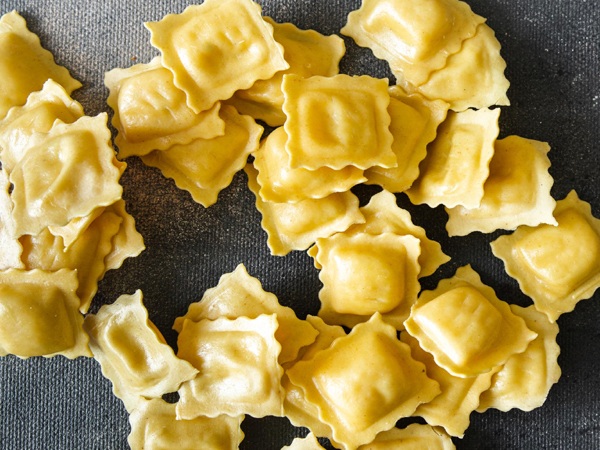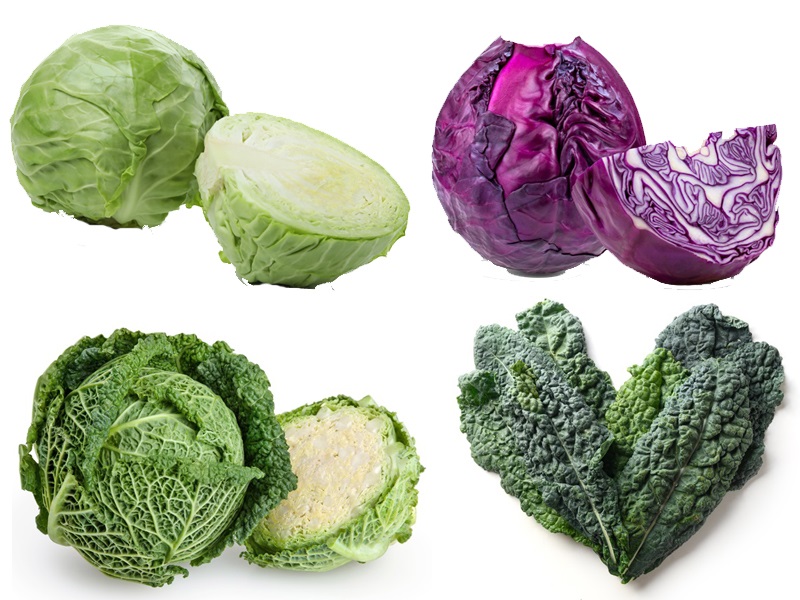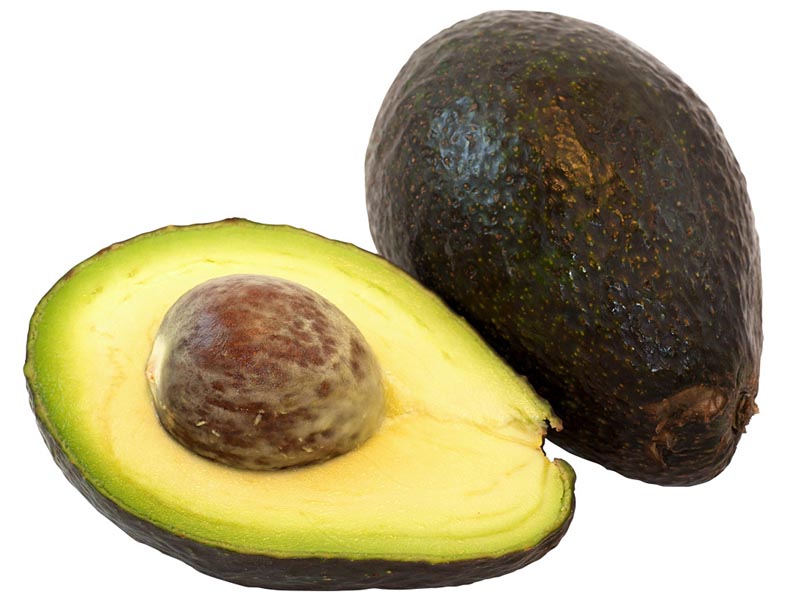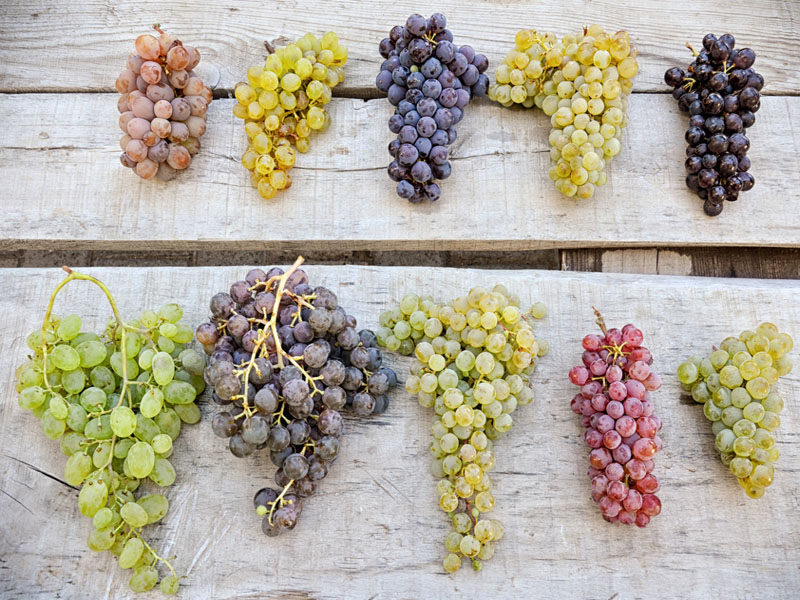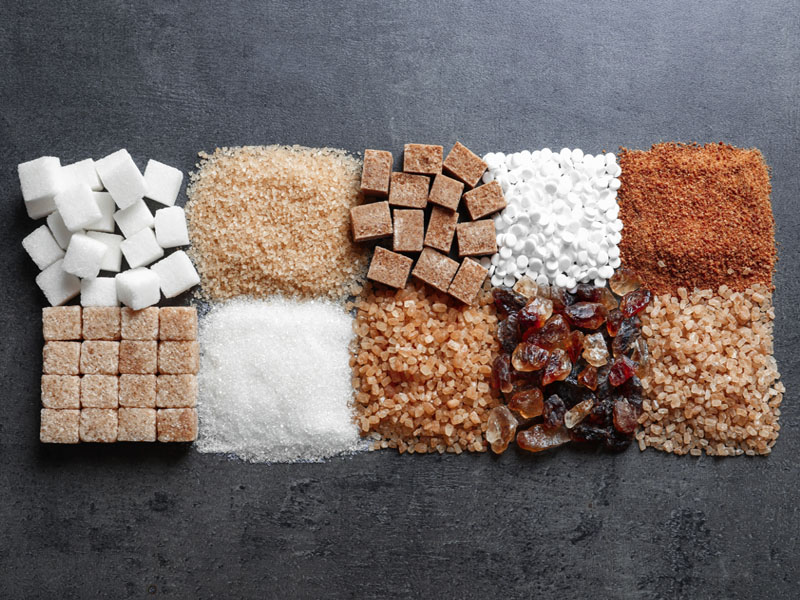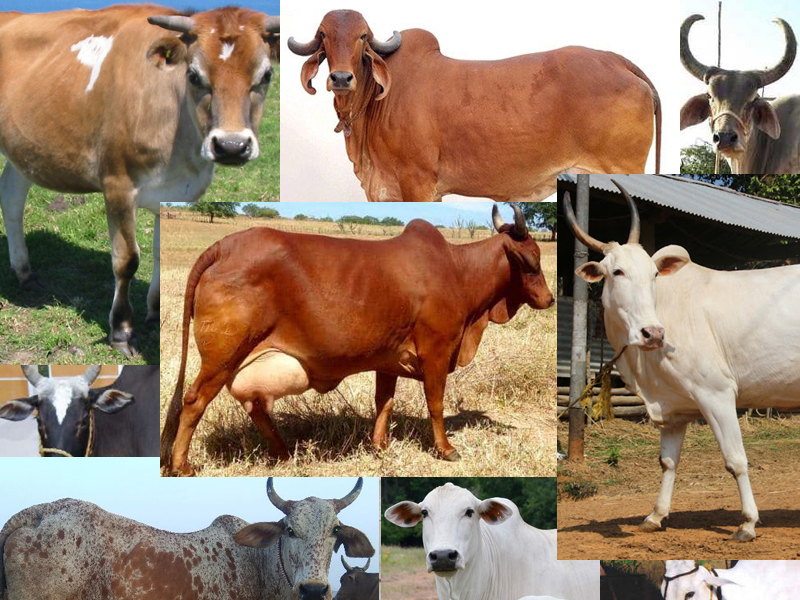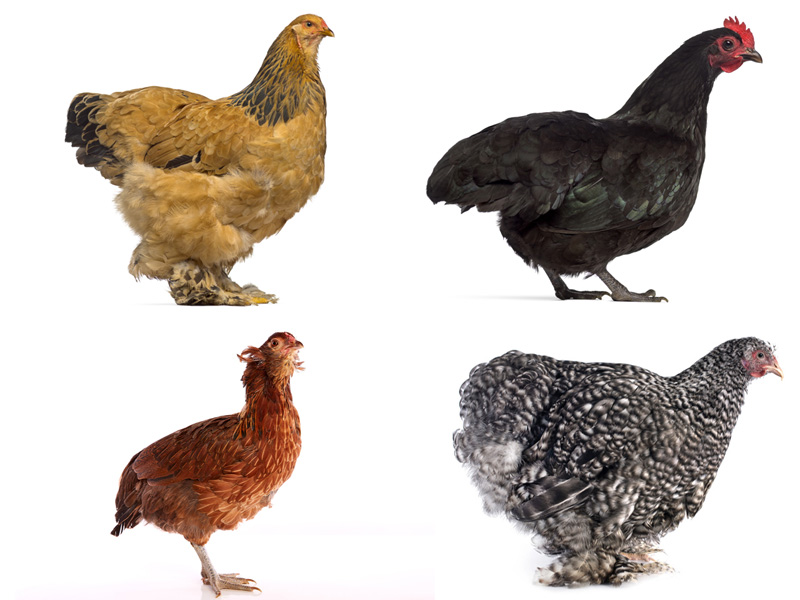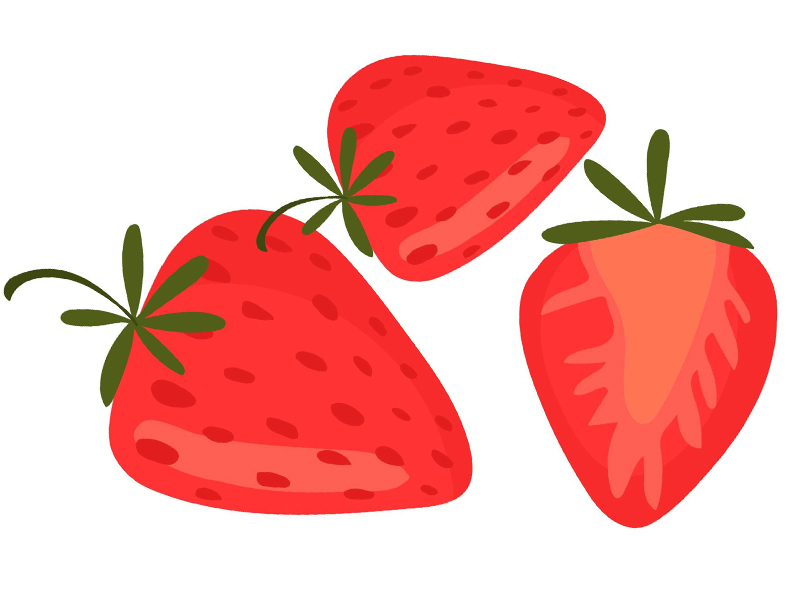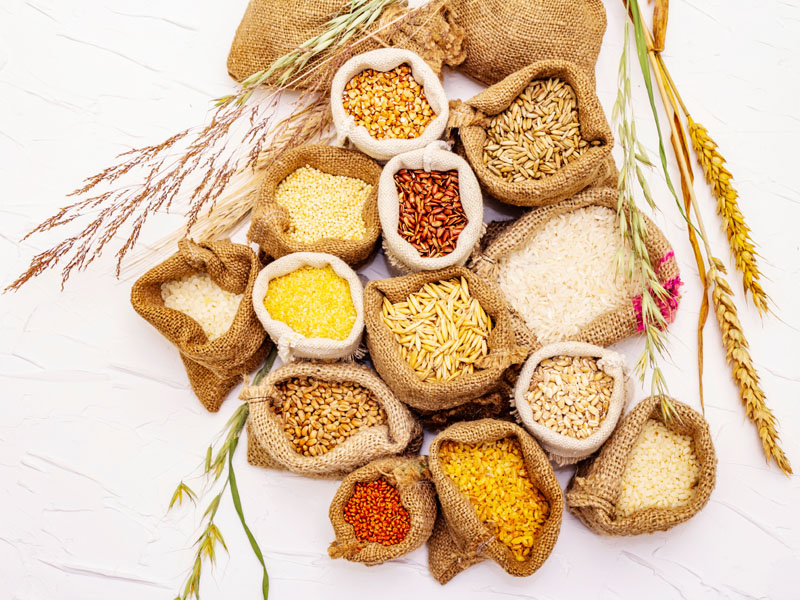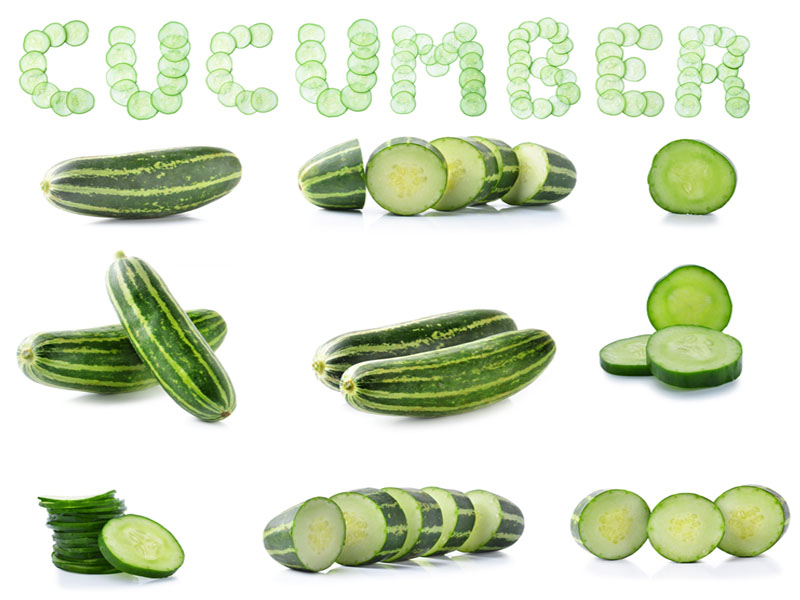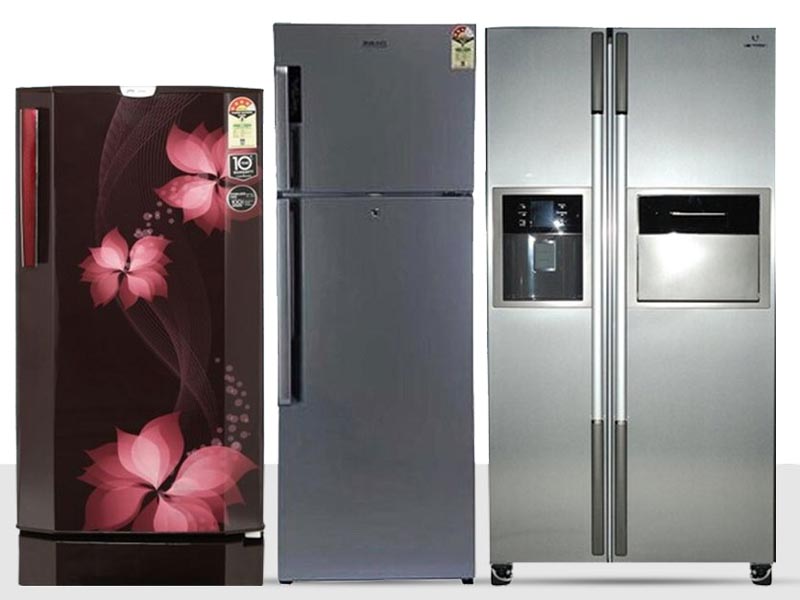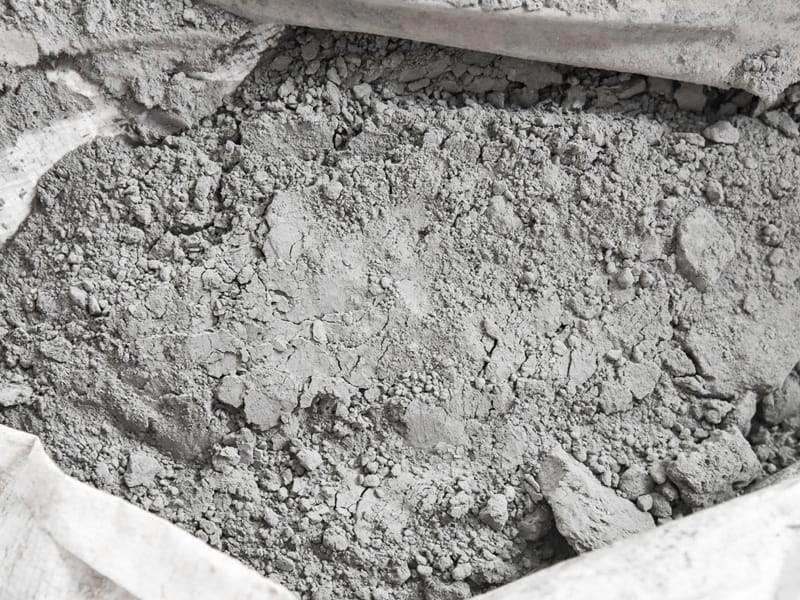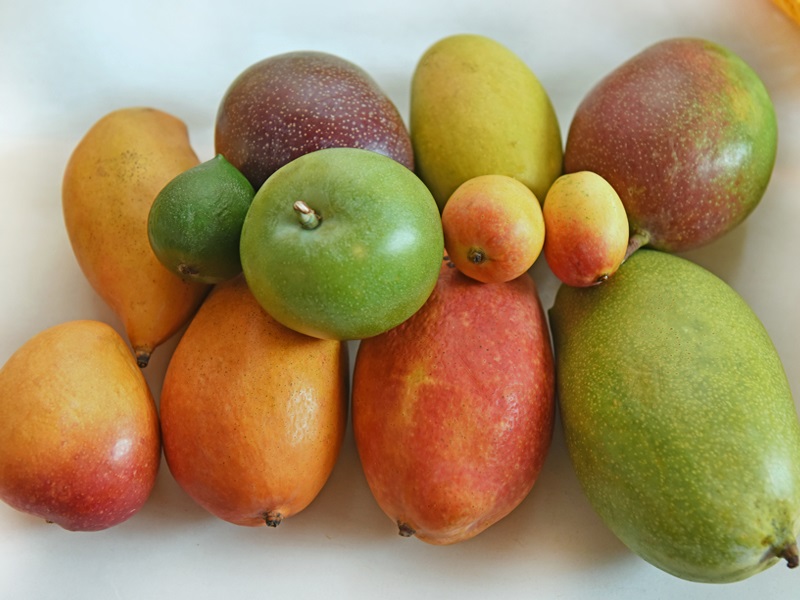Pasta is easily one of the world’s most popular food and we are not exaggerating! Although Pasta is an Italian invention, its name and fame spread to every part of the globe. The reason? Pasta is a versatile dish that lets you experiment with different cooking techniques, flavours and sauces. But, with so many different types of pasta shapes available in the market, many people find it hard to choose the right one for the recipe they have in mind.
20 Different Types of Pasta Shapes and Names:
Did you know that there are about 350 different types of pasta shapes and names in the world? Since it is impossible to cover them all, we will talk about 20 popular varieties in India.
1. Angel Hair:
Angel hair, also known as Capellini, is a type of dry pasta that resembles thin, long noodle strands. Its origins trace back to the 14th or 15th Century in North Italy, where it is known as Capellid’angelo! The pasta is quite delicate and goes very well with light sauces or oily bases. Any sauce that is quite creamy or dense may cause the pasta to ‘drown’ and lose its texture. Experts recommend tossing this dainty pasta in a light marinara sauce or butter along with some protein like shrimp, chicken or even veggies.
2. Spaghetti:
Although many people consider Spaghetti to be an Italian invention, facts suggest that traditional Italians rarely eat this pasta type. In fact, Spaghetti is more ‘American’ than Italian in terms of popularity among locals. Spaghetti is a dry pasta type that looks like long sticks. They are usually cooked “Al Dente,” meaning “to the tooth” with a chewy texture. Boiled pasta looks like a bunch of strings or twines. Spaghetti works well with butter sauce, tomato sauce, or pesto or simply toss in olive oil with vegetables or meat.
3. Pappardelle:
Pappardelle is a type of ribbon pasta that is traditionally made with dough and egg. It is also available as a dry pasta variety for better storage and availability. Pappardelle has its origins in Italy, where it means “to eat” or “to gobble up”. Each stand of pasta measures about ¾ – 1 inch in thickness. Pappardelle goes very well with thick sauces like Bolognese or even in meat stews because of its dense texture. There are plenty of meat and seafood-based recipes to turn Pappardelle into a hearty meal!
4. Macaroni:
Macaroni is one type of pasta that needs no special introduction. Most of us enjoy this pasta as Mac ‘n’ Cheese which happens to be America’s favourite pasta dish. This dry pasta is made with durum wheat and resembles narrow tubes. Due to its curvy shape, Macaroni is also called elbow macaroni. Another sub-type of Macaroni is the double elbow pasta which has a twisted texture that is dense and chewy. Macaroni works well with heavy sauces like cheese, Bechamel etc.
5. Fusilli:
Fusilli is a type of dry pasta that has a corkscrew, twisted shape. The grooves on the surface let the pasta absorb a lot of sauce and flavours. The Americans use the term “Rotini” as an alternate name to Fusilli. This pasta can be either hollow or solid with varied lengths and spirals. The plain or wheat-based pasta also comes in colours by mixing edible vegetable extracts like carrots, beetroot, spinach etc. into the dough. Fusilli works great with almost any sauce and tastes amazing in salads as well.
6. Penne:
Penne is another popular dry kind of pasta that has a cylindrical shape with sharp edges. The name comes from the Italian term “Penna” which means feather or pen. An Italian pasta maker called Giovanni Battista Capuro invented Penne using a special pasta-cutting machine. The size of each pasta can range from 3cm- 5cm. Penne can come in two basic varieties – smooth and textured. Due to the thick and dense texture, Penne works well with almost any sturdy sauce like Arabbiatta, Alfredo, Bechamel etc.!
7. Farfalle:
Farfalle is one of the most beautiful-looking pasta varieties that originated in the 16th Century Italy. Historians suggest that the ladies made it a habit to save extra pasta dough to create these adorable bow-tie shapes. Due to the resemblance with fluttering butterflies, the pasta is known as “Farfalle” (meaning butterflies in Italian). The unusual shape comes by pinching the centre of the pasta squares and cutting the edge into ridges. Farfalle works quite well with any dense sauce made of cream or tomato base.
8. Rotelli:
Rotelle is a wheel-shaped pasta that has its origins in Italy. The Italian word Rotelle translates to “little wheels” for their unique shape. The spokes in each wheel of the Rotelle pasta ‘catch’ a lot of sauce and cream added to the dish. So, a heavy sauce of cream, tomato and even seafood goes well with this variety. Rotelle pasta also adds a nice, decorative look to dishes like soups, salads etc. Kids find this type of pasta to be fun and playful!
9. Orecchiette:
Orecchiette is one of the most versatile types of pasta that goes well with almost any type of sauce. The name is an Italian word which means “little ears” due to its round, concave shape that looks like ears. The textured surface and the cup-like shape of this pasta hold a good amount of sauce and even work as a small scoop to hold veggies and meat. The pasta is available as dry and fresh variants, both made with Durum wheat.
10. Conchiglie:
Conchiglie is a traditional pasta variety which is commonly known as “sea shells” or “shell pasta”. The pasta is available in three different varieties based on size – Conchigliette (small), Conchiglie (medium) and Conchiglioni (large). The larger the size, the higher the price, as the pasta can get quite unstable. The scoop shape of the pasta holds a good amount of sauce, meat and vegetables. Big-sized Conchiglie shells are used for making stuffed pasta dishes.
11. Gnocchi:
Gnocchi is a popular type of pasta that is handmade freshly with boiled potato, egg and flour. History suggests that this pasta has its origins in Northern Italy, where the colder climate was favourable for growing potatoes instead of grains. The dough made with the three ingredients is cut and hand-rolled into pillowy pieces. In simple terms, Gnocchi is an Italian version of Potato dumplings, cooked in hot water for just 2-3 minutes. The boiled pasta then goes into a light butter and sage base with meat or vegetables. Light sauce like cream, tomato or pesto also works with Gnocchi.
12. Lasagne:
Lasagna or Lasagne (the plural form) is a type of sheet pasta that has its origins in ancient Greece. Back in those days, flat pasta sheets were cut and layered with sauce in a container called “Lasanum” in Latin. Now you know how this pasta gets the name “Lasagne”. The dish involves a layering of pasta sheets with different elements like sausages, vegetables, meatballs, sauce, eggs, herbs and cheese. The pasta is then baked to perfection with each layer seamlessly blending into the other yet retaining its personality!
13. Tortellini:
Tortellini is a type of stuffed pasta that comes from the regions of Bologna and Modena in Italy. This handcrafted pasta contains delicious stuffings of various elements like meat, ricotta, spinach or herbs. The preparation process involves wrapping the square-cut pasta pieces into a ring shape to bind the stuffing. The Tortellini goes into hot water until cooked and then into a flavoursome broth, sauce or even served dry by stir-frying them in butter.
14. Ravioli:
Ravioli is another popular variety of stuffed pasta available in different shapes like square, circular or semi-circular. The origins of this traditional Italian pasta date back to the mid-14th Century and are known by the name “rauioles”. Ravioli is a homemade pasta that contains a variety of fillings like cheese, spices, herbs, spinach, and meat wrapped in a pasta case. The pasta goes into hot water and straight into sauce or broth for enhanced flavour. Canned Ravioli is available for people who find it cumbersome to prepare it from scratch.
15. Cannelloni:
Cannelloni is a fairly large tube-shaped pasta that measures 3-4 inches in length. The Origins of this pasta date back to 1907, when it was known as “strascinati”. Cannelloni is a cylindrical form of flat lasagna sheets which hold a good amount of stuffing. The basic process is to boil the Cannelloni pasta tubes in water and bake them with sauce, meat and cheese. Another option is to stuff them with any flavoursome filling and toss them gently into butter and herbs.
16. Orzo:
Don’t mistake this variety of pasta for a handful of grains! Orzo is a short-cut, healthy pasta type that has its origins in Greece, where the word means “Barley”. The pasta is prepared from white or wheat flour and cut into thin, long ‘grains’. Orzo is traditionally used as an alternative to rice in soups, salads and casseroles. It also works well with a simple toss into butter, vegetables, meat and herbs. Orzo is known for its light texture and better flavour-absorbing properties.
17. Radiatori:
Radiatori is closely related to the Rotelli pasta variety due to the shared links with vehicles! The word Radiatori in Italian means “radiator” which comes from the squat shape that resembles the radiators of a car. Given the Italian’s obsession with cars, it is easy to believe that the inspiration for the pasta comes from the radiator grill of Bugatti cars. The ruffled edges and the small, chunky shape of Radiotori maximize the textural appeal of a dish. The pasta also ‘traps’ the sauces, meat and vegetables quite well for a hearty meal!
18. Vermicelli:
Vermicelli is a well-known pasta type that resembles thin and short Spaghetti pasta. The origins of this pasta are quite confusing, as each country claims this variety to be it’s own. Traditional Italian pasta is known by different names in different parts of the world like “semiya”, “sevai”, “she’reya”, “aletria” etc. Vermicelli is also popular in Asian countries like China, and Vietnam where it is made in the form of thin, long noodles. The best way to prepare it is by boiling it in water and tossing it in some herby, butter sauce.
19. Campanelle:
Campanelle is a relatively unknown pasta variety beyond some regions in Italy like Tuscany. The Italian word “Campanelle” literally translates to “little flowers”. The pasta dough is rolled into small cones with ruffled edges. The other names for Campanelle are “handbells” and “gigli”. History suggests that the inspiration behind the pasta shape was the lily flower, the emblem of the then-Tuscan empire. Campanelle works well with dense sauces like cheese or cream.
20. Ziti:
Ziti is a type of medium-sized pasta that looks like hollow tubes. It is known that the name “Ziti” comes from the Italian word “Zite” meaning a bride. The pasta can either have a smooth surface or ridged outer cover for enhanced texture. Although it looks very similar to penne, Ziti pasta has no diagonal edges and is instead cut in a straight line. The common way to cook Ziti is by baking it in casseroles or tossing it into a dense tomato or cream sauce.
Those are some of the most popular types of Pasta in the world! Did this article make you want to order some pasta or run into the kitchen to prepare your own pasta dish? We don’t know about you, but all this research on pasta made us dream about a hearty pasta dinner. So, which of these pasta varieties is your favourite?
















